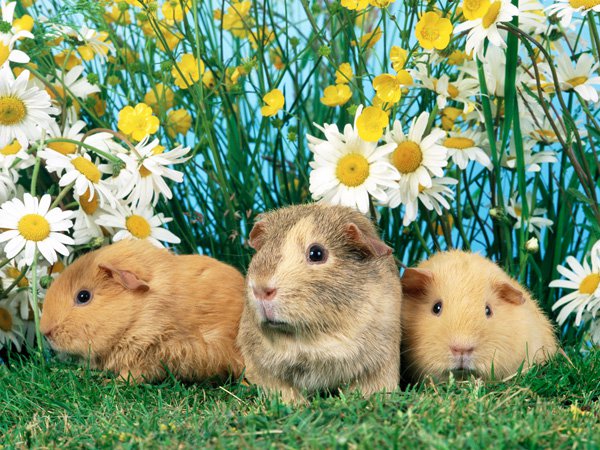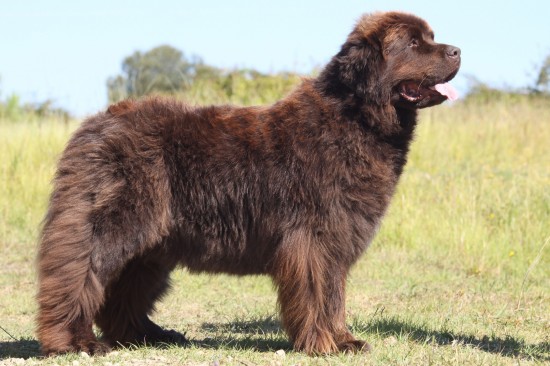
Panthera Leo Persica, the Asiatic Lion or Asian Lion once roamed over a range extending from Greece to South Asia, but relentless human persecution has meant it is now restricted to a single reserve...
Panthera Leo Persica, the Asiatic Lion or Asian Lion once roamed over a range extending from Greece to South Asia, but relentless human persecution has meant it is now restricted to a single reserve in the west Indian state of Gujarat, by name of Gir Forest.
Apart from size, the other features that distinguish the Asian Lion from African Lion include a bushier coat, smaller mane that exposes their ears, a central skin fold that runs across the belly and longer tufts of hair at elbows and tip of tail. Weight is in the range of four to five hundred pounds for males and two hundred and fifty to three hundred and fifty pounds for females. Body length is between six to seven feet excluding a three foot tail, with females being smaller, though larger individuals of around nine feet have been recorded.
Asiatic Lions live in dry deciduous forests and scrub lands of the isolated Gir Forest of slightly over one thousand square kilometers. Between three hundred to three hundred and fifty individual cats exist in this sanctuary in an overcrowded environment, often straying outside park boundaries and coming into conflict with locals. Prey includes Spotted Deer, Sambhar, Goat, Nilgai, Buffaloes and even some smaller animals. Cattle are often attacked and killed and so are camels, bringing them under ire of locals. Attacks on humans are more frequent these days owing to the shrinking habitat and growing numbers of lions, pushing them more often into bordering human territories. Social animals, Asian Lions live in smaller pride units than their African counterparts. A couple of females live with one to two males who are somewhat solitary and come together when the family dines. The lesser numbers in prides in these lions are often attributed to the smaller prey animals that are available to these hunters, making it difficult for the social cats to share in large numbers. Hunting is cooperative and chiefly done by females, with males joining at times to bring down bigger prey like buffalo.
Also known as Persian Lions (during their period of existence in Persia) and Indian Lions, these majestic big cats have only one sanctuary on the planet, the Gir Protected Area of Indian Gujarat. Millions of dollars have been spent in creating a separate reserve in Kuno-Palpur National Park in the central Indian state of Madhya Pradesh but the State Government of Gujarat refuses to lend a few of its lions to populate the new sanctuary which is now believed to be ready to receive its first batch of the great cats. It is widely believed that the Gujarat Government wants to keep its monopoly on the tourist trade by keeping its troubled lions jammed in the only place in the world where they can be sighted in the wild, thus bringing the entire subspecies into risk through inbreeding. Furthermore, a single epidemic or environmental catastrophe can wipe out the entire wild population of the last lions of Asia.
Asiatic lions begin to mate with the coming of winter in October and November. Pregnancy lasts near three and a half months (one hundred and three days) following which a litter of three to four cubs is born. The young are introduced to a solid diet at three months and begin hunting at nine months of age. They gain independence when they are an year old. Maturity is reached between three to four years of age. A female can successfully reproduce once every two years. Lifespan is up to seventeen years in the wild and twenty four years in captivity.
Article Tags: Asiatic Lion, Three Hundred
 How To Groom And Bath Your Dog - The Basics
How To Groom And
How To Groom And Bath Your Dog - The Basics
How To Groom And
 Pet Loss, the Inspirational Story of My Dog Companions
Pet Loss, the Inspirational Story of My Dog Companions
 Why Natural Foods are Better for Health of Dogs?
Why Natural Foods are Better for Health of Dogs?
Why Natural Foods are Better for Health of Dogs?
Why Natural Foods are Better for Health of Dogs?
 The Large And Lovely Newfoundland Dog
The Large And Lov
The Large And Lovely Newfoundland Dog
The Large And Lov
 Heart Murmurs In Dogs Explained
Heart Murmurs In
Heart Murmurs In Dogs Explained
Heart Murmurs In
Copyright © 2005-2016 Pet Information All Rights Reserved
Contact us: www162date@outlook.com